The Khenra are perhaps most unusual because of their fertility, however; except in incredibly rare cases, nearly all Khenra are born as identical twins. From birth, each of these twin pairs forms an extremely close emotional (and perhaps even spiritual) bond that rivals those of bonds found in any other society.
Should one twin die, though, it causes a tremendous shock to the survivor that most often devastates them; some become suicidal without their sibling around to balance them. Others go berserk, becoming hyper-aggressive and even unhinged ... There are rare Khenra who are born without twins at all, however. Believed to have murdered their sibling in the womb, they display a ruthless aggressiveness that remains untempered by the bonds shared by others- though not nearly as much so when compared to those who have lost their twins through other means after birth.
Should the Twins survive, though, children are typically considered of age at 16 years of age. By 18 they are expected to be fully integrated into their community and its traditions, and even Mate Bonded- and hopefully on their way to producing their first set of twins
themselves. If the Fates and Ancestors are kindly, they'll produce many more in their lifetime- which will, sadly, likely be short; while Khenra can live to be approximately 100 years, they rarely actually live that long. Because of their warfaring culture, violent deaths are common- leaving the average age closer to approximately 50 or 60 instead.
Special Abilities
The litheness of Khenran frames allows them to move slightly faster than other races, and duck gracefully in and out of attacks in battle. They naturally excel at cooperating with their siblings due to their Twin Bonds, as well. As a result, Khenra tag-team fighters are not only the norm, but are rightly feared for their lethality; their strong, instinctual connection means many bonded twins move as one- while their combination of lithe agility and powerful top builds provide a power and grace unmatched by most ... Making them absolutely brutal (yet awe inspiring) whirlwinds of death to contend with on the battlefields the Khenra so enjoy.
This tag team style of battle often appears as an unorganized and brutal hack and slash to most. Beneath the efficient brutality of it, though, Khenra battle techniques are surprisingly sophisticated, analytical, and tactical in nature. In many cases, Khenra also prefer to take prisoners as opposed to killing everyone- a fate considered far worse than death by some races who are all too familiar with the ways the Khenra treat these prisoners of war.
Culture & Society
Two major bonds form the backbone of the entirety of Khenran society: The
Twin Bond, and the
Mate Bond; the odd nature of twins among the Khenra- as well as their strong bonds and the fact that their severance has strong psychological effects on the survivors- has created a staunch belief that Khenra
always belong in pairs. This had resulted in the practice of monogamous, lifelong mate bonding (or, what most cultures would commonly call
marriage).
Khenra society also follows an incredibly strict hierarchy based on many factors which stem from these two bonds, and results in a Caste Structure into which all Khenra are sorted. The final result of this structure places Mate Bonded pairs with
living twins at the top, followed by individuals with living twins who remain
unbonded to a mate. Mate bonded pairs with one of more
deceased Twins rank in the middle socially- whereas those with
deceased twins and
no mates rank in the lower castes. Those born without Twins
at all, however, exist outside of society on the lowest rung of the hierarchy.
This organization is far from being a fixed or immovable thing, however, and is in constant revolution as Khenra die. Still, it's strictly adhered to and dictates everything from who one is socially allowed to marry, to who it's acceptable to interact with and how. For instance, those with living twin bonds can only mate bond with
others with living twins- and those whose twins have died are only allowed to mate bond with those whose twins are
also deceased (though these rules only apply up to the time when the mate bonding occurs due to the nature of Khenra mate bonding). By contrast, those born without twins at all are universally considered untouchables and are neither allowed to interact with others,
nor marry.
The exception to any inheritance and interaction rules remains the twins and their families; due to the close bonds shared by Twins, the Khenra consider the family unit (an
especially their Twins) the most important element of life. Because of this, Twins tend to share a household throughout the entirety of their lifetimes- marrying, birthing, and parenting their families beneath the same roof. If one twin should die at any point, any children they had are adopted by the surviving twin and raised as their own children. Their spouse is also adopted and becomes an adult child of the surviving twin- allowing both the spouse and their children to maintain their social status (and even double any potential inheritance they may receive later).
Magic & Religion
Religiously the Khenra worship a set of triplets who, collectively, are known simply as
Nabua- or
The Fates. Each one of these Fates rules over a different aspect of life: Warfare (
Atsi-Aya), Family (
Mansal), and General Life (
Tuana-Ani). These Fates are petitioned to through prayer and offerings in order to sway their hand in the matters over which they preside. In addition to the Fates, they also give regular offerings to the
Hariha Nakhet- or the
Blessed Ancestors who fell in battle, in the hope they may have a good death in battle themselves.
In regards to magic, life in the desert is harsh and unforgiving. For this reason, the Khenra have no taboos against magic and openly embrace it (something which makes their desert neighbors the Enethi, especially, incredibly uncomfortable and distrusting of them magic centered around the desert, water, and warfare are the most commonly learned- with personal magics being considered more important than those centered around the community.
Housing & Architecture
Despite living alongside the Enethi, the Khenra build far more frequently than they do- and decorate far more often. Many of them, too, have large properties with significant portions set aside for the cultivation of hot climate fruit trees.
In general they prefer building large but simple open structures made of sandstone, that are well decorated. This is often done through intricate carvings around archways and window frames. And if one were to step into such a structure, they'd find a large, spacious room subdivided by standing metal screens of precious Gold and gems, with an open hearth at its center.
When decorated, these Khenran structures are often filled with bright woven fabrics- usually featuring banded geometric patterns in bright shades of red, orange, yellow, blue, and gold- fashioned into floor cushions of various sizes and shapes. Small couches and stools can also be found- though these are rare and usually reserved for those few who manage to live past the median age of 60.
Food & Cuisine
Khenran cuisine is eaten with the fingers without utensils, and tends to be more simplistic when compared to the ornateness found in their architecture and decoration; it focuses on hunting and major animal domestication, supplemented by their hot climate fruit orchards. Few ingredients are often used, but the dishes are still rich in flavor- achieved through strong spices and varied cooking methods.
This means their cuisine frequently utilizes simple meats such as rabbit, bird, game animals, and domestic stock as staples in foundational means. Legumes (such as beans, peas, and lentils) and Fruits (such as Figs, Dates, Persimmons, Mangos, and Citrus), on the other hand, are often used in side dishes and stuffings. Despite the low complexity of their ingredients, a wide range of spices are used- from Cumin, Curry, and various Peppers (both hot and mild), to Saffron, Tarragon, and Cardamom. Many dishes also use multiple cooking methods- such as slow roasting
then broiling- giving rise to a cuisine full of rich dishes with complex flavors.
Art & Leisure
Beauty Ideals
The traditional clothing of the Khenra falls somewhere in between the ornateness of their architecture, and the simply richness of their cuisine; for everyday wear they tend to favor light, loosely woven fabrics in subdued colors such as cream, white, or grey. These are often accent by shawls, scarves, belts, and other outer clothing in the more typical warm colors and geometric designs- though they're typically made from the same lose woven materials as their foundation garments. In battle, however, the clothes are different. Here, the Khenra prefer sturdy leather armor worn over thickly woven fabrics which offer solid protection while obscuring their bodies from their enemies.
Both in battle and outside of it, one form of physical ornamentation remains constant: The presence of heavy amounts of body paint and jewelry; jewelry itself is typically made from gold with ornate, geometric filigree-like designs, and set with precious stones in favored colors. Typical pieces include bracelets, anklets, and necklaces, but facial piercings are also common- as well as waist chains for unmarried females and males both.
Traditions & Taboos
The Khenra, though decidedly advanced compared to some of the other Beast Races, are staunch traditionalists who value their cultural traditions. While they're not
isolationists, most emphasize the need to not only conform to their cultural principles and practices, but also protect them from outside influence; regardless of whether or not they choose to join mixed sophontic societies, they maintain a staunch belief that cultural blending or change of any sort is a moral affront, and
will do everything in their power to avoid it.
One tradition is valued above all else among the Khenra: Quick, decisive, and all too often brutal warfare.
All Khenra share a deep love of combat- devoting themselves to honing their physical strength and resilience, as well as their weapons training, with a particular intensity and zeal unmatched by any other Sophont. This is especially reflected in the traditional Khenra coming of age ceremonies, which come in two forms depending on whether or not the children maintain a twin bond:
Assem Biti
When a Khenra child with a living twin turns 11, they are removed from their household and taken to small camps on the outskirts of their communities. They stay in these camps until their 16th year learning the various traditional skills, practices, and fighting styles of their culture; their final night in the camp is marked with a celebration of singing, dancing, and feasting where the young Khenra are finally allowed to mark themselves with traditional body paints of their culture- marking themselves as fully legal adults who are finally eligible for marriage, parenthood, and even battle.
Assem Bifa
Khenra children without a living twin are taken to similar camps when they turn 11, and also remain there until their 16th year. They, too, spend their time learning the various traditional skills and practices of their culture. Unlike twin pairs, however, they're not allowed to learn their cultural fighting styles. Their final night in the camp is marked with a celebration of singing, dancing, and feasting as well, but these celebrations carry a much more somber undertone; during the marking ceremony, those with deceased twins are only allowed to mark half their body- a recognition of the twin who perished, as well as their incomplete standing and limited rights in Khenra society.
Those born without twins are denied any form of coming of age ceremony by their culture, and are forever considered children- one reason of many behind why they are not socially permitted to marry or join in battle.
In addition to this, the Khenra hold many superstitions- especially as it concerns interaction
between the sophontic groups. Most notable of these is that other sophonts are considered polluting; while they may venture freely out of the city and into the territories of other races, other races are strictly disallowed from entering their own towns. Should one of their cities be attacked by another sophontic group, they'll defend it- but if any of the attackers successfully gain entry, the Khenra prefer to fall back and rebuild elsewhere. Likewise, touching a member of another sophontic group (let alone someone outside one's own caste), is considered taboo and rarely done.
Another Khenra taboo involves their battle tactics: Despite their sharp teeth, they consider biting to be an uncouth and unworthy method of attack. While it's not a punishable offense and won't get you ostracized by any means, it
does lead to a reputation as being an untoward individual if you do so. Another battle taboo is for a weapon to go unblooded; Khenra often feel immense shame if they reach the end of a battle without having used every weapon on their person at least once. And while not perishing in battle is generally a celebratory thing, to die in battle is the highest honor one can achieve- earning Khenra a place among the
Hariha Nakhet.
Those born without twins are often viewed with a cultural distrust, dread, and superstition as well due to their unpredictable nature. Additionally, they're considered cursed because of their lack of twin bond. As a result, it's socially unacceptable to touch or interact with them- the belief behind it being that the curse is transferable, increasing your own risk of losing your twin. Likewise, the importance of a pair bond means that to divorce (or not marry at all) is and ostracization worthy social ill. As a result, all Khenra are strongly encouraged to mate bond- or rebond quickly, should their spouses die.
▼ Playing A Khenra in Saleh'Alire ▼
Ability Score Increase
Dexterity +2, Strength +1
Size. Medium
Speed. 35 ft
Languages. Common, Khenran.
Khenra Weapons Training. You have proficiency with the Scimitar, Spear, Javelin, and Khopesh (a type of hand scythe favored by the Khenra).
Darkvision. You can see in dim light within 60 feet of you as if it were bright light, and in darkness as if it were dim light. You can’t discern color in darkness, only shades of gray.
Bond of Twins. If there is another Khenra in your group and that Khenra is your twin, once per day you may activate your Twin Bond. While active, as long as you are within sight of your Twin, your movement speeds increase by 10 feet and you each gain temporary hitpoints equal to half your levels combined, rounded down. This ability lasts for one hour.
Earthshaker. You know the
Mold Earth Cantrip. Additionally, at 5th level you can cast
Maximilian’s Earthen Grasp at 2nd level once per long rest. Strength or Dexterity (your choice) is your spellcasting ability.
Names.
Khenra follow strict traditions in all areas of society- including their naming conventions, and the differences between male and female names; with light modification,
Babalonian,
Modern Egyptian,
Ancient Egyptian, and
Moorish names are all consistent with the world's naming conventions- or you may come up with your own.
Professions.
Because of their cultural emphasis on Warfare, Orcs often make highly skilled Fighters, Rogues, and other
Martial Types. Their willingness to accept magic, and to travel outside of their Enclaves, too, means some occasionally make powerful Wizards- especially when there's no Twin to hold them back; when picking a class for your Khenra, consider how their culture would have impacted their class choice as an adventurer.
Leaving the Fold.
Every Khenra has a Twin- and every Khenra is expected to make the Mate Bond. These two things for the entire backbone of Khenran belief, ritual, society, and even social hierarchy. Their unwillingness, too, to mingle
too closely with outsiders also has many effects ... Consider what would make your Khenra walk leave the enclave (and potentially their Twin- or their Spouse and family) behind to join the wider world. And how will they react to outsiders once finally immersed in it.
 Common Eye Colors
Common Eye Colors
 Common Skin Tones
Common Skin Tones













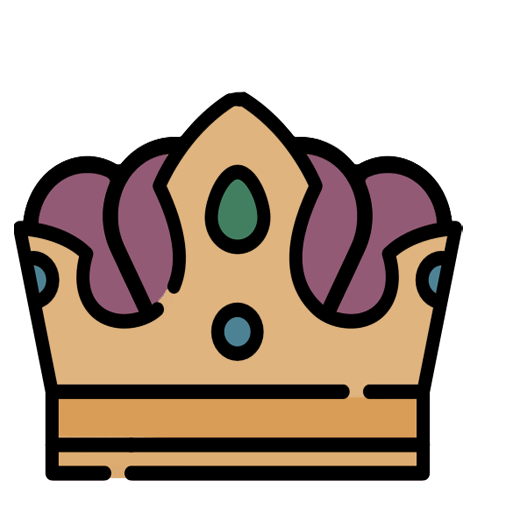


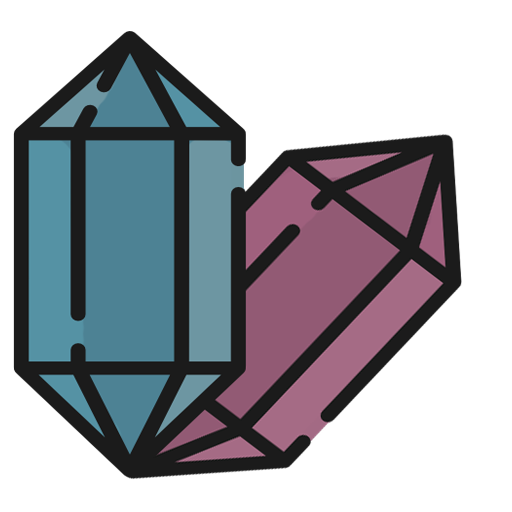


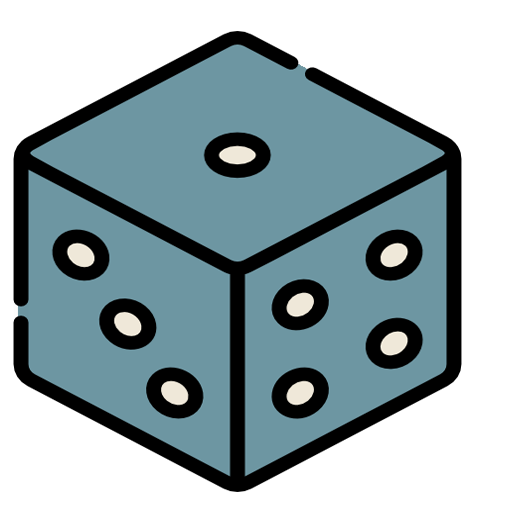
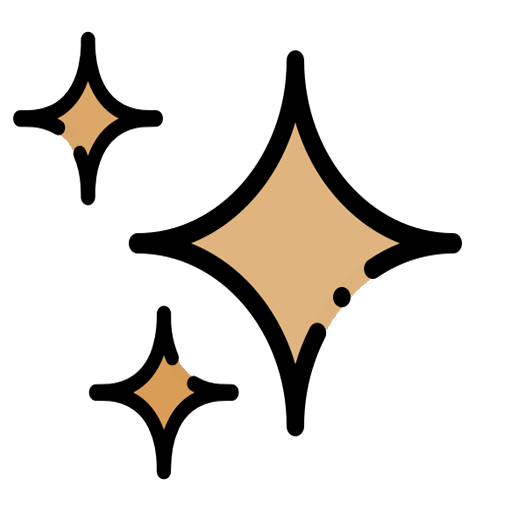





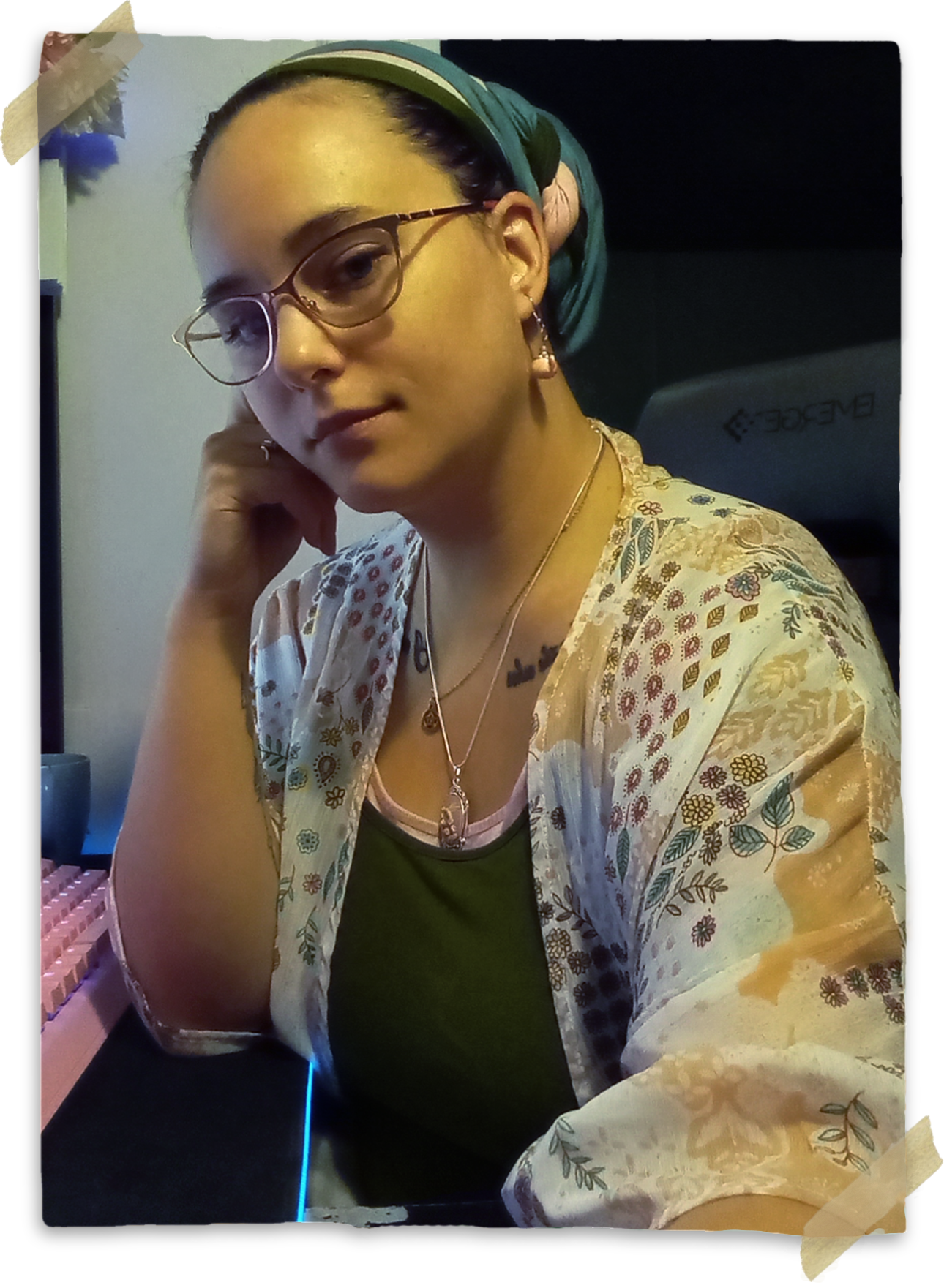
Comments
Author's Notes